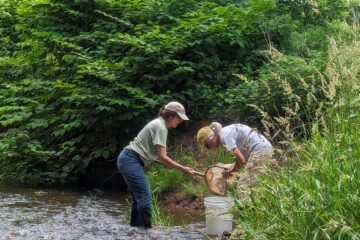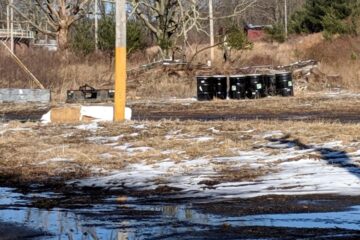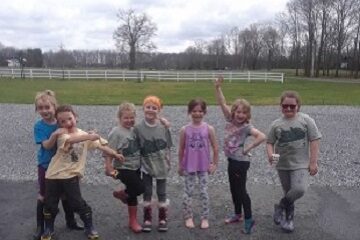Young scientists will create a treasure map of backyard inhabitants! During the Spring, as the Earth warms up, all sorts of creatures begin to emerge. Where in your yard are they most active? Why? Created by Daina Gulbis, RHA Educator
Level: Pre-K through Elementary
Duration: 30 minutes to an hour….or longer!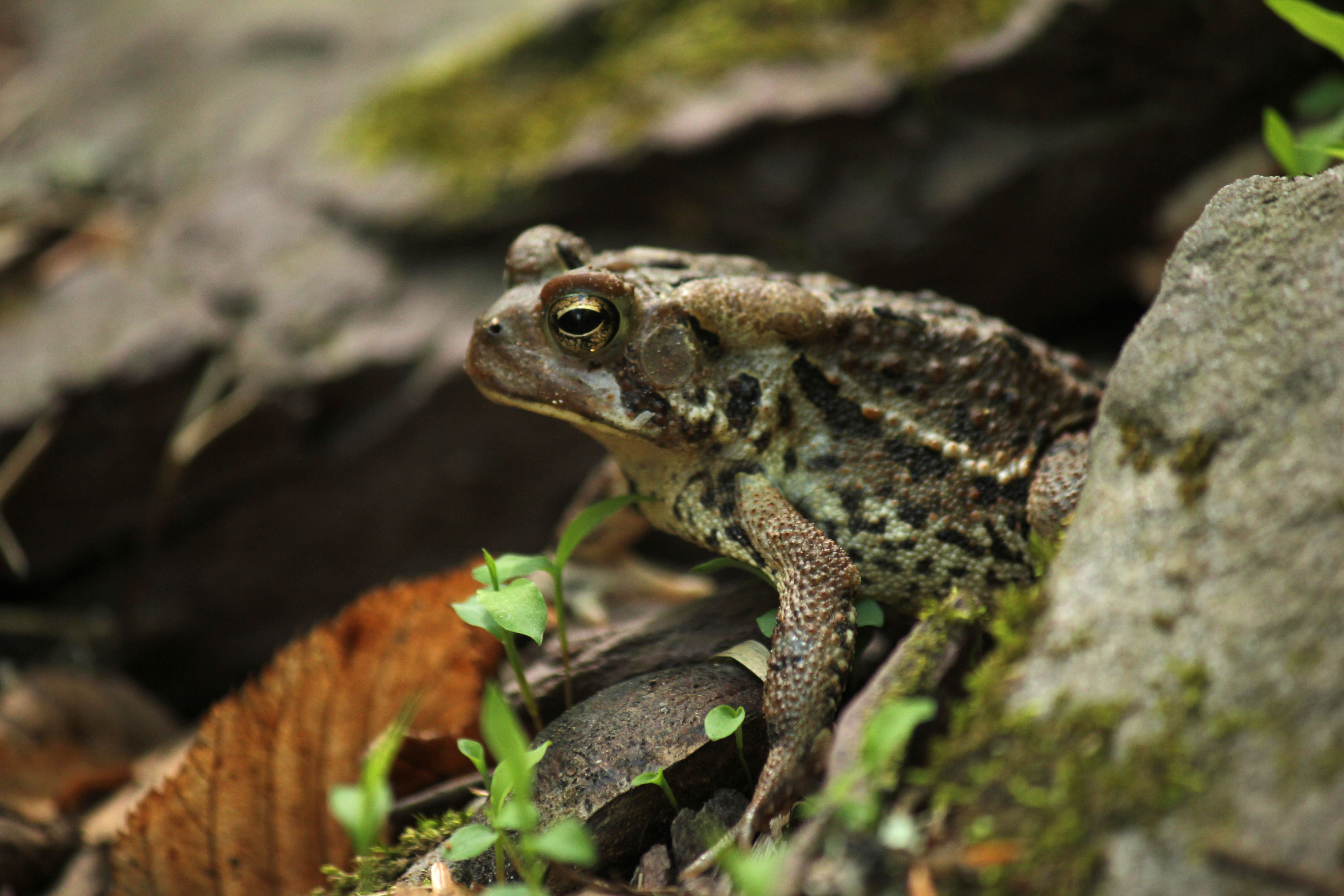
Setting: Backyard
Materials:
- Paper
- Pencil
- Colored pencils, Crayons
- Clipboard or a piece of cardboard to use as a drawing surface
- Blanket or chair
Background Information:
During this lesson you will explore your backyard or woods and listen and watch for creatures. You will draw a map of all that you find. Look at the land and see where the birds like to fly, chirp, eat or even build a nest. Walk around the space and look for other moving, living creatures. Encourage the student scientist to look for creatures large and very small, up high and down low. As they make discoveries, note them on your map, like a treasure map. As the seasons change you may find different creatures in the same or maybe different locations. Additional activities could include taking pictures of the creatures and using different educational links (some listed below) to determine the scientific names of the creatures, other than ant or bird.
Some helpful sites are listed below to help aid in insect, bird and other creature identification.
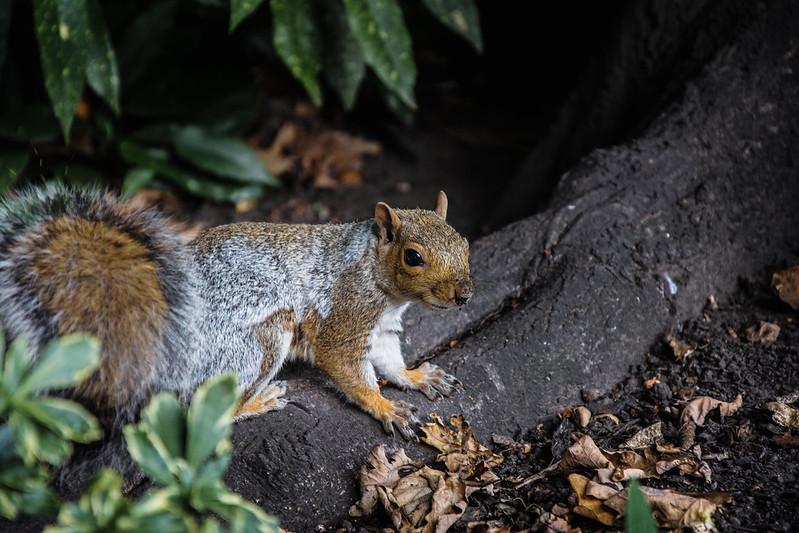 The Activity:
The Activity:
- With a piece of blanket, paper, clipboard and pencil, find a good sit spot for observation.
- Sketch your location, noting the bottom (ground), middle (bushes, tree trunks), and top (tree tops, sky). Also note the time of day and date. As a scientist, this will help you remember the season. Add any other information you think is good to remember. Is it sunny, cloudy, chilly or warm?
- Begin to draw your map. Look and listen. Do you hear anything? Can you see any movement?
- If you see a creature, add it to your map! Is it in the bottom, middle or top layer of your environment? You can also add some words to describe what you saw. Was it a grey squirrel with a big fuzzy tail? Was it a bright yellow bird that had a funny chirp in a tree?
- Explore your area. Add other creatures to your map. Did you find some ants under a rock? Were they big or little? Did you find a flower with a bee? Did it have a black stripe on its belly? Did you find something that you cannot identify?
- When the student scientist has tired of observations, the creature treasure map can be embellished with colors and additional thoughts.
- This map can be used for additional visits to see if the types and locations of creatures change over a period of time!
Wrap Up: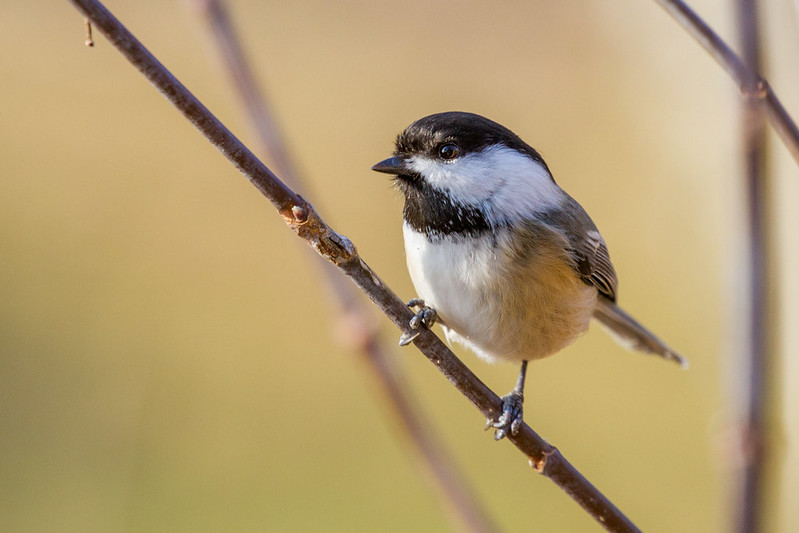
The lesson is to open our eyes and see that the world around us has many living creatures, big and small. The creatures all have different places that they like to live. The creature treasure maps will change from season to season.
- Create a new treasure map for a different time of day, or different season. How are they different? How are they the same?
- If a family member looks at your map, can they find the creatures you saw? Why or why not?
Resources:
- Four Winds Institute: Forest Birds Activity
- Project Learning Tree: Trees as Habitats
- NJ Audubon: https://njaudubon.org/cape-may-springwatch-march-15-21-2020/
- Pest World for Kids: pest-guide
- Cornell Lab: teaching-bird-id
- NJ State coloring book: https://www.state.nj.us/dep/fgw/pdf/wildcolor.pdf
How did you like this activity? Please share any questions, comments, or photos that you and your child have on the Raritan Headwaters Learning Community Facebook Page!
More Raritan Headwaters Learning Resources

